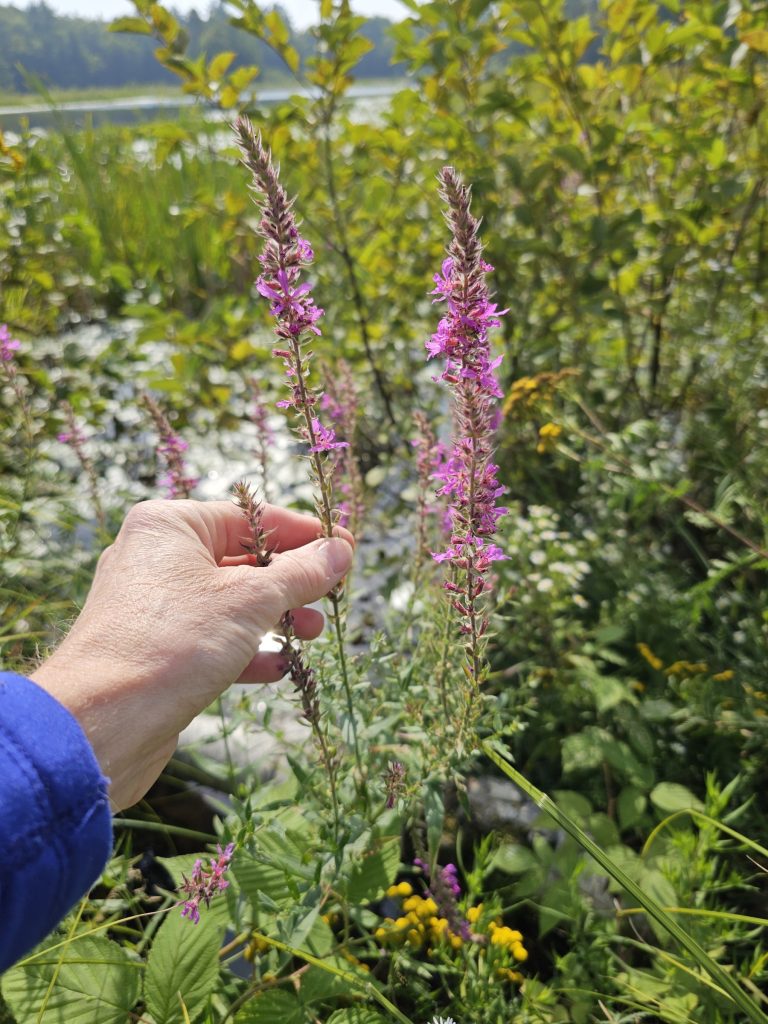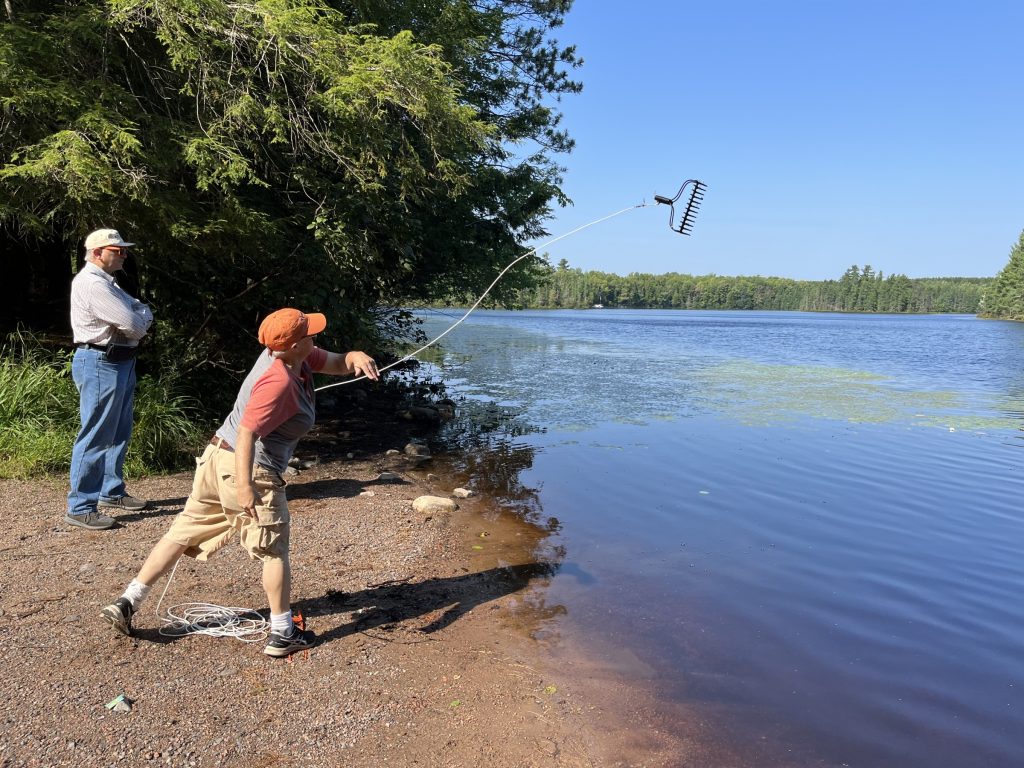Have you ever wondered what lives in the lakes and rivers near you? Or whether your nearby waterbody has invasive species living in it? Snapshot Day is a state-wide community science event where volunteers work together to monitor aquatic invasive species in their communities.
According to Rivers Educator Emily Heald, the event is both beneficial to the local communities and to the wider management organizations who use the data collected.
“I think that the whole idea behind community-engaged science, at its core, is to help professional agencies collect more data and to be able to do more management with it,” Heald said.

And the community that comes together for this event is nothing short of impressive. Last year, almost 150 people participated, surveying over 100 bodies of water and identifying 135 aquatic invasive species.
“[Collecting this data] gives us information on new locations, for identifying where invasive species might be located that we didn’t know before,” Heald said, “and it can also give a lot of really great information about their rate of spread.”

However, not all of the benefits of Snapshot Day can be described by statistics. Heald said there’s more to the event than just collecting data.
“I think a lot of times, people overlook the qualitative importance of it,” Heald said. “The emotional connections that people are forming with resources are incredibly important.”
Heald said Snapshot Day gives participants opportunities to connect with nature in a much more detailed way than they might have previously.
“A lot of people that are participating in this event, it’s kind of their first experience with aquatic invasive species, or just aquatic monitoring in general,” Heald said. “We get so much feedback from people that they never thought to even look at certain details of things. They thought everything was just a plant, or everything that was there should be there. A lot of people really have that eye-opening experience of ‘there’s more out there than you would think at first glance.’”
This allows the impact of Snapshot Day to be two-fold. On one hand, the data collected during the event can provide valuable information to organizations that otherwise would not have been able to monitor so much area. On the other hand, the event helps participants strengthen their knowledge of the natural world around them, thereby strengthening their appreciation of it.
“I think that building those connections with our natural resources is incredibly important and sometimes overlooked with community science, because if these people are going to be stewards for the resources, they have to care about it in the first place,” Heald said.
More information on Snapshot Day can be found on the Water Action Volunteers (WAV) website, or you can reach out to Emily at emily.heald@wisc.edu. Snapshot Day will be on August 10 this year, and registration is free. A full list of the participating locations can be found on the WAV website.




